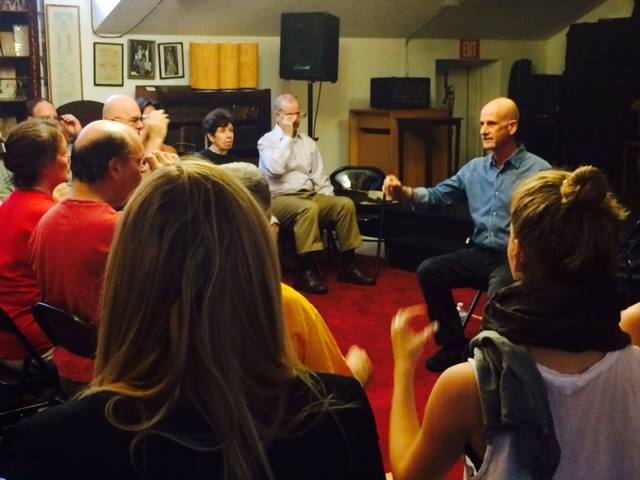 Alexander Technique teachers routinely talk about directing your back to be back and up. Some Alexander teachers prefer the direction: torso back and up. Either way, letting your back to go back and up includes your neck, as well as your upper, middle and lower back.
Alexander Technique teachers routinely talk about directing your back to be back and up. Some Alexander teachers prefer the direction: torso back and up. Either way, letting your back to go back and up includes your neck, as well as your upper, middle and lower back.
If your lower back is going back and up, your lower front goes back and up.
When directing the lower front of my torso back and up, the tonus of my entire abdominal area increases.
When I combine this needed, underused direction (in my case) with primary directions, I lengthen, widen, and my breathing is enhanced.
Don’t get married to the idea of engaging your “core”.
Your “core” might engage, indirectly, depending upon where you’re coming from. Although you don’t want unneeded tension, you also don’t want your abdominal area to be too loose, lax, limp, or lazy.
Alexander Technique teacher Walter Carrington has said: “It takes muscular effort to be upright”, and Patrick McDonald said: “It is alright to do as long as you do the right thing.”
Knowing when, where, why, how long, and how much muscular engagement is required is not exact science, but applying Alexander Technique principles makes all the difference in the world.
Mark Josefsberg—Alexander Technique NYC
(917) 709-4648
Image courtesy of freedigitalphotos.net-“Backup Word Shows Data Copying Or Backing Up” by Stuart Miles










Leave A Comment